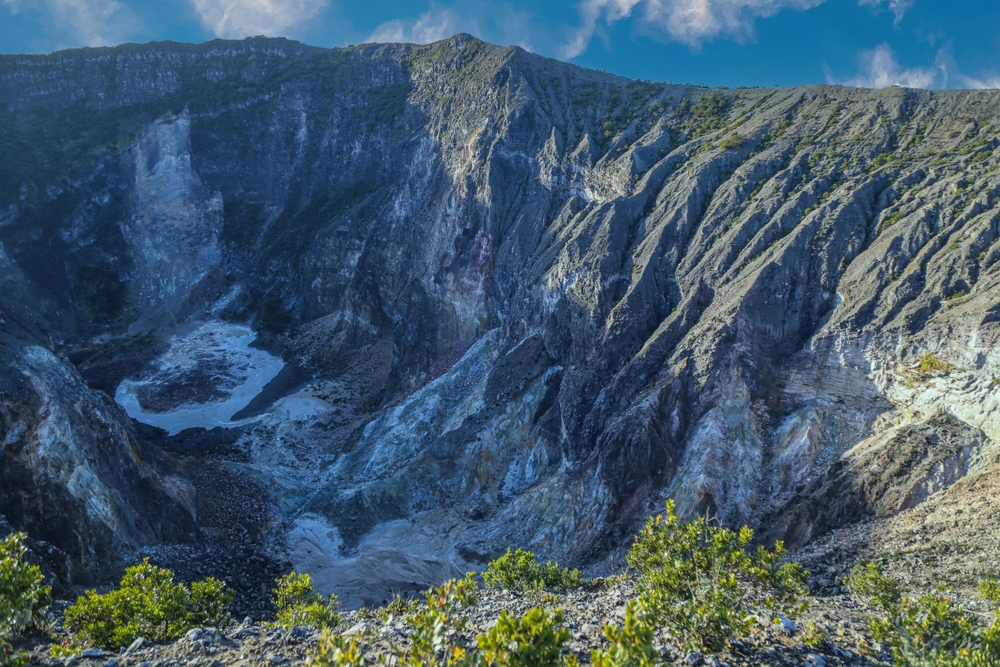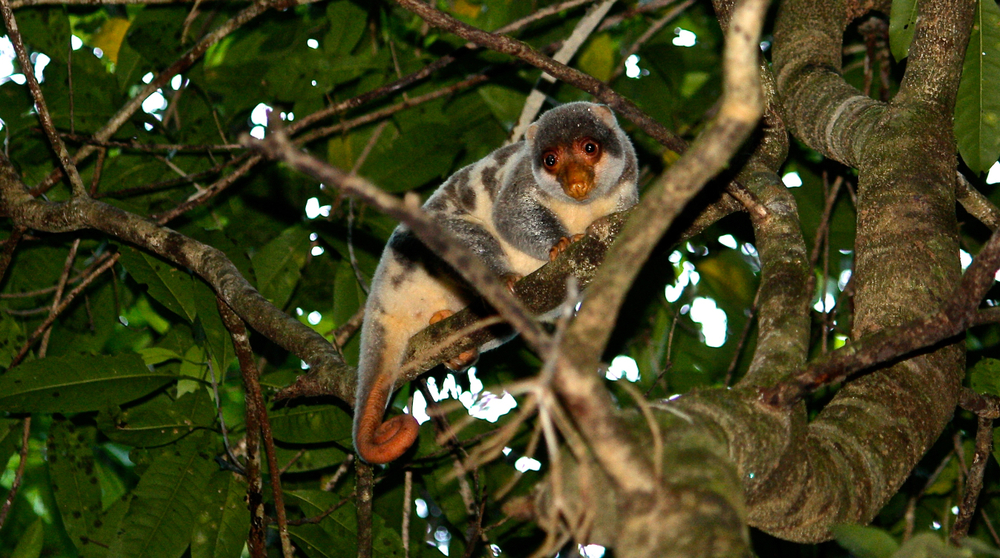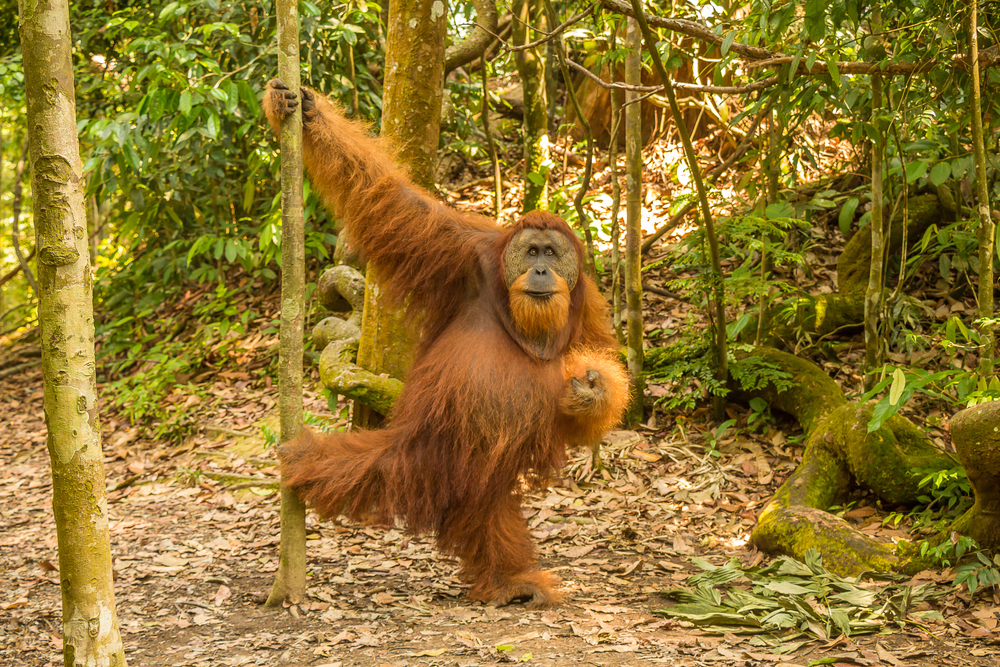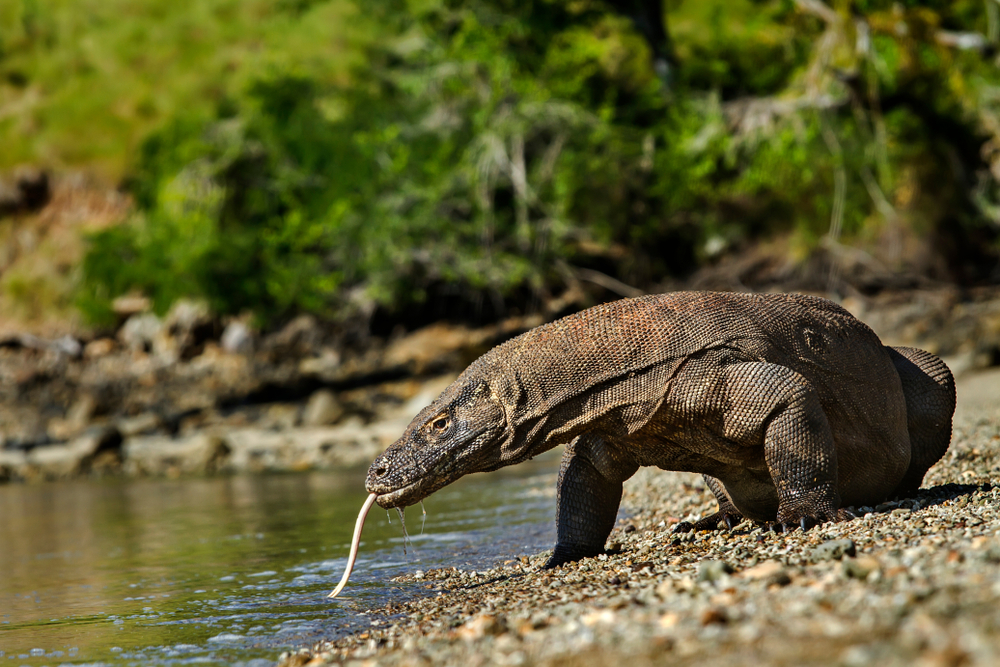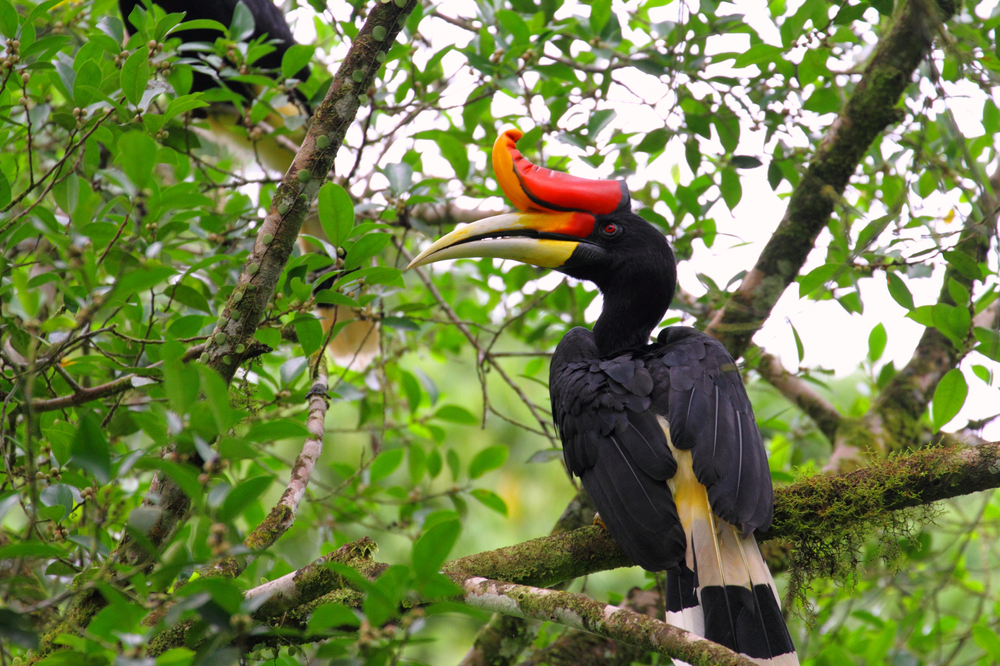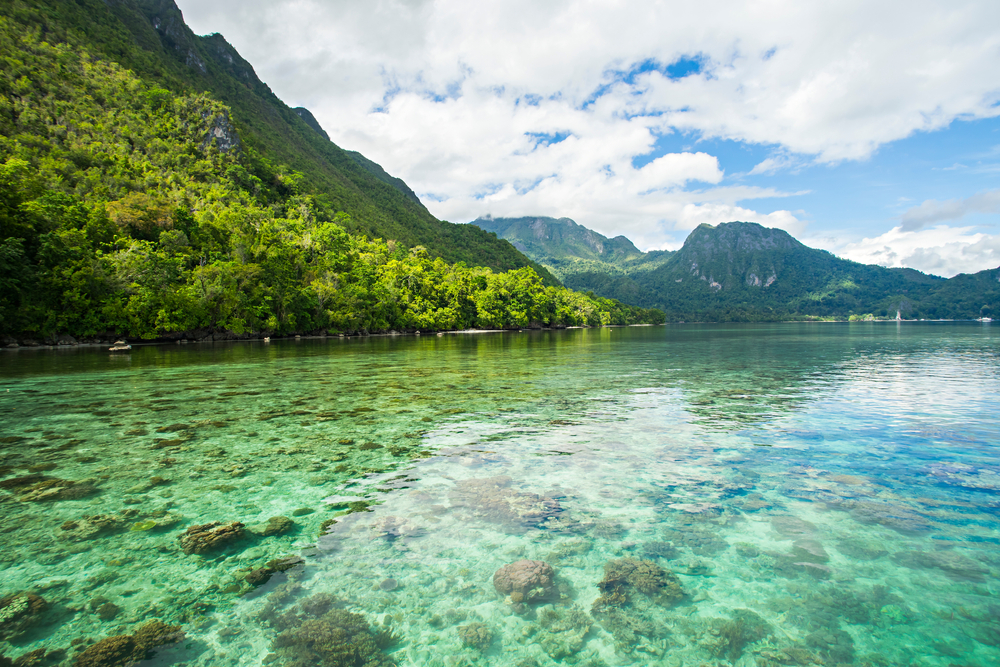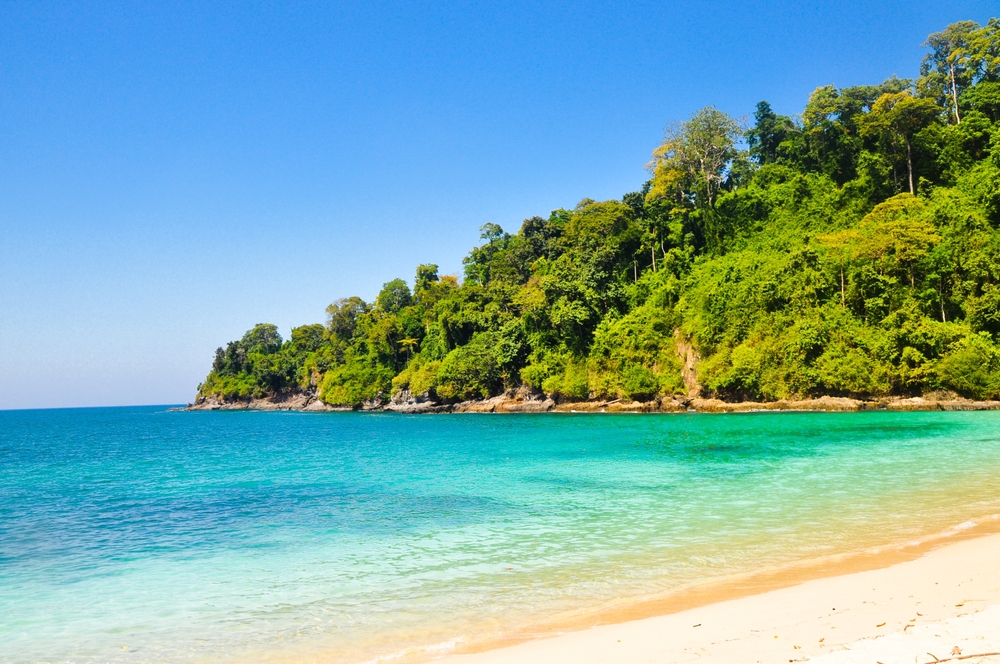Mount Ciremai Overview
Mount Ciremai National Park, or Taman Nasional Gunung Ciremai in Indonesian, is a remarkable protected area located in West Java, Indonesia. The park spans 59.61 square miles (154.55 square kilometers) and is centered around Mount Ciremai, the tallest mountain in West Java, rising to an elevation of 10,089 feet (3,073 meters).
Positioned near the cities of Cirebon, Majalengka, and Kuningan, the park serves as both an ecological sanctuary and a destination for outdoor enthusiasts. Its striking landscapes and ecological richness make it one of Indonesia’s most significant conservation areas.
The park’s terrain is dominated by the imposing volcanic massif of Mount Ciremai, characterized by steep slopes, dense forests, and volcanic ridges. The mountain’s summit features a crater with awe-inspiring views, while lower elevations host a mosaic of ecosystems, from lush lowland rainforests to montane forests. These forests are home to an array of plant species, including towering Rasamala trees (Altingia excelsa), wild orchids, and ferns.
Visitors are often captivated by waterfalls such as Curug Sawer and Curug Putri, which are nestled within the park and add to its natural allure. Streams originating from the mountain feed surrounding communities and irrigate agricultural lands, underscoring the park’s ecological importance.
Wildlife thrives in Mount Ciremai National Park, with numerous species calling its diverse habitats home. Key mammals include the endangered Javan leopard (Panthera pardus melas), Javan gibbons (Hylobates moloch), and the Sunda pangolin (Manis javanica).
Bird enthusiasts can observe vibrant avian species such as the Javan kingfisher (Halcyon cyanoventris), the white-bellied sea eagle (Haliaeetus leucogaster), and the rare Javan hawk-eagle (Nisaetus bartelsi), a symbol of Indonesian wildlife conservation. The park also supports a variety of reptiles, amphibians, and insects, adding to its biodiversity.
Visitors to Mount Ciremai National Park are drawn to its many popular features, including hiking and trekking routes that lead to the mountain’s summit. The ascent is challenging but rewarding, offering panoramic views of Java’s volcanic landscape.
Other activities include birdwatching, camping, and exploring scenic waterfalls. Cultural sites, such as sacred caves and historical relics linked to the local Sundanese people, provide additional opportunities for exploration. The park’s proximity to local towns also makes it an accessible destination for both domestic and international visitors.
Conservation efforts in Mount Ciremai National Park have faced challenges, including deforestation, agricultural encroachment, and illegal wildlife trade. However, initiatives led by park authorities, local communities, and environmental organizations have seen significant successes.
Reforestation programs, community-based tourism, and wildlife monitoring have contributed to preserving the park’s unique ecosystems. Additionally, educational campaigns have increased awareness of the importance of protecting this vital area, fostering a deeper connection between people and nature.








































































